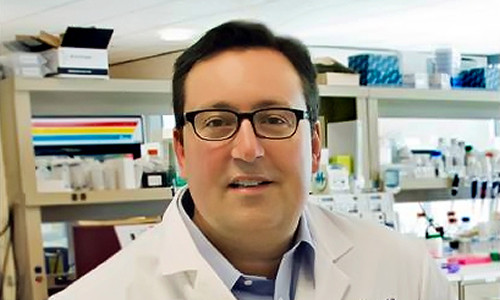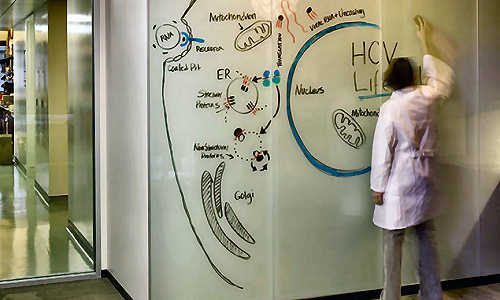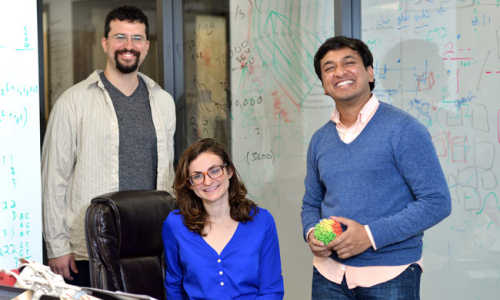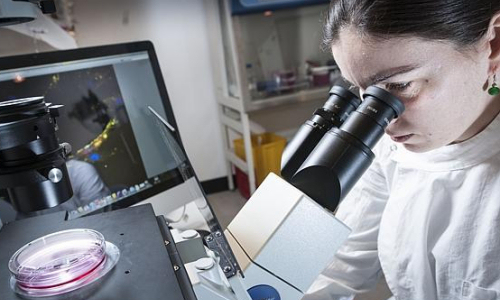Scientists have discovered a second code hiding within DNA. This second code contains information that changes how scientists read the instructions contained in DNA and interpret mutations to make sense of health and disease.
A research team led by Dr. John Stamatoyannopoulos, University of Washington associate professor of genome sciences and of medicine, made the discovery. The findings are reported in the Dec. 13 issue of Science. The work is part of the Encyclopedia of DNA Elements Project, also known as ENCODE. The National Human Genome Research Institute funded the multi-year, international effort. ENCODE aims to discover where and how the directions for biological functions are stored in the human genome.
Since the genetic code was deciphered in the 1960s, scientists have assumed that it was used exclusively to write information about proteins. UW scientists were stunned to discover that genomes use the genetic code to write two separate languages. One describes how proteins are made, and the other instructs the cell on how genes are controlled. One language is written on top of the other, which is why the second language remained hidden for so long.
“For over 40 years we have assumed that DNA changes affecting the genetic code solely impact how proteins are made,” said Stamatoyannopoulos. “Now we know that this basic assumption about reading the human genome missed half of the picture. These new findings highlight that DNA is an incredibly powerful information storage device, which nature has fully exploited in unexpected ways.”
The genetic code uses a 64-letter alphabet called codons. The UW team discovered that some codons, which they called duons, can have two meanings, one related to protein sequence, and one related to gene control. These two meanings seem to have evolved in concert with each other. The gene control instructions appear to help stabilize certain beneficial features of proteins and how they are made.
The discovery of duons has major implications for how scientists and physicians interpret a patient’s genome and will open new doors to the diagnosis and treatment of disease.
“The fact that the genetic code can simultaneously write two kinds of information means that many DNA changes that appear to alter protein sequences may actually cause disease by disrupting gene control programs or even both mechanisms simultaneously,” said Stamatoyannopoulos.
Grants from the National Institutes of Health U54HG004592, U54HG007010, and UO1E51156 and National Institute of Diabetes and Digestive and Kidney Diseases FDK095678A funded the research.
In addition to Stamatoyannopoulos, the research team included Andrew B. Stergachis, Eric Haugen, Anthony Shafer, Wenqing Fu, Benjamin Vernot, Alex Reynolds, and Joshua M. Akey, all from the UW Department of Genome Sciences, Anthony Raubitschek of the UW Department of Immunology and Benaroya Research Institute, Steven Ziegler of Benaroya Research Institute, and Emily M. LeProust, formerly of Agilent Technologists and now with Twist Bioscience.
Story Source:
The above story is based on materials provided by UW Health Sciences and UW Medicine.






